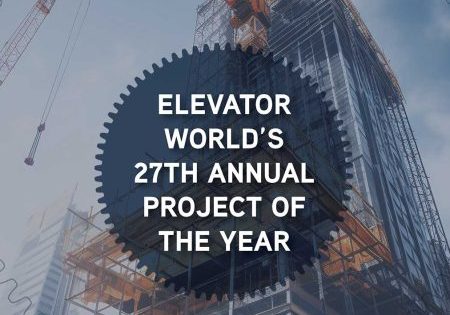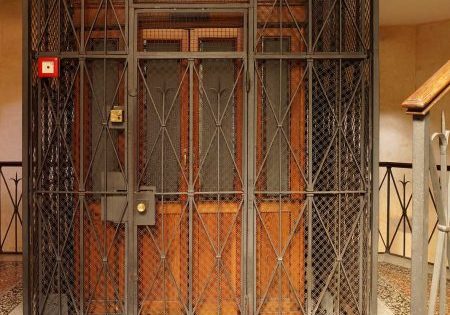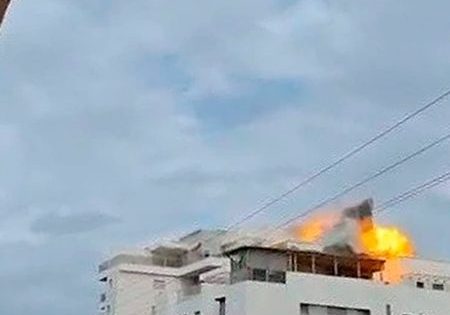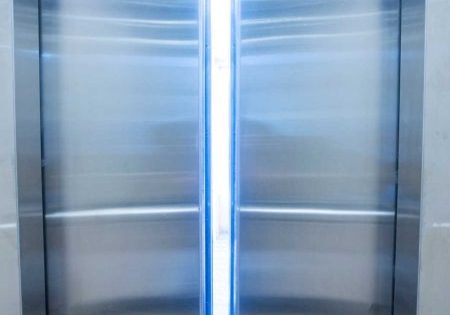Kenya’s Home Lift Market
Mar 1, 2025
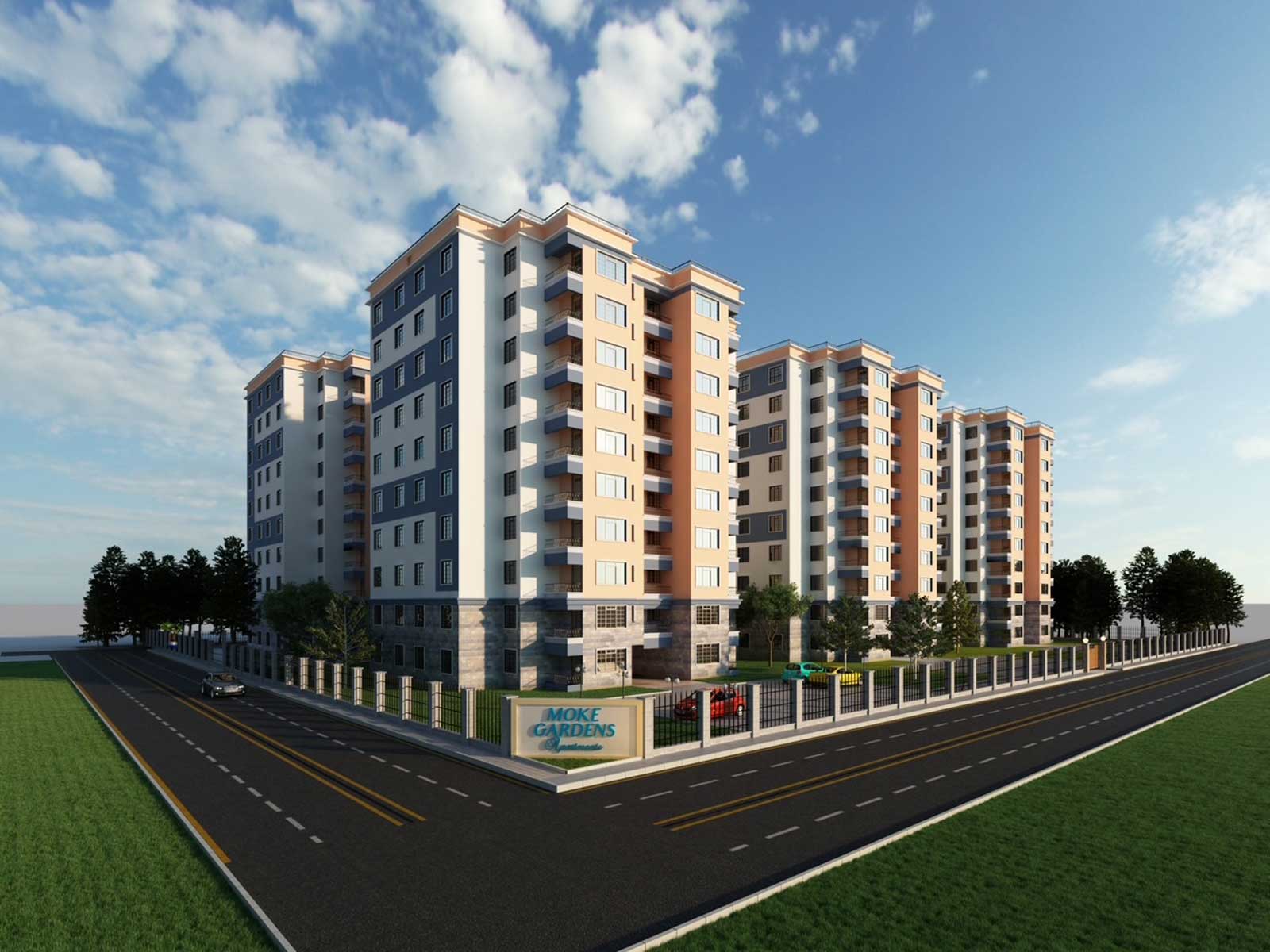
The country is creating a monumental and progressive house-building program, providing fertile ground for the VT industry.
Kenya is implementing an ambitious house-building program, dubbed “Boma Yangu” (My Home), to provide at least 200,000 new story residential units annually, a key driver in the growth of the country’s home lifts market, but which could be constrained by the challenge of affordability and non-compliance to the national building code according to some vertical-transportation (VT) industry insiders.
The housing program, a public private partnership venture, is to mitigate the increasing demand triggered by rapid urbanization and low affordability for housing in Kenya’s urban areas. Government reports indicate at least 22% of the country’s population live in cities, and the urban population is growing at a rate of 4.2% every year.
However, only 50,000 homes are built every year, leaving the housing deficit growing by 150,000 units per annum, hence the launch of the “Boma Yangu” project, which despite its potential to spur growth of the VT industry in the East Africa nation, may experience low uptake, especially of the installation and use of home lifts.
Ian Blackman, managing director of the Nairobi-based ECL Lifts and Escalators, said:
“The building of new homes, many of them that are multi-storied structures, may not necessarily create demand for the VT solutions in Kenya. There are a few risks for VT companies exploring business opportunities in the new housing program, and I think the biggest one is the affordability of the tenants to pay for the maintenance of the lifts. Maintenance of lifts in a building does not come cheap and yet not taking care of the equipment is a critical component in ensuring safety of the building’s occupants.”
The new housing program targets middle and low-end tenants with the units being categorized into three types including single bedroom houses each sitting on 30 m2, two-bedroom and three-bedroom units occupying 40 m2 and 60 m2, respectively. The three categories are estimated to cost KES 1 million (US$7,500), KES 2 million (US$15,590) and KES 3 million (US$23,400), respectively.
ECL Lifts and Elevators has tendered for the supply, installation and maintenance of lifts in at least one of the housing projects in Nairobi, although the company has yet to get a response to its bid, Blackman added. “I think the biggest question is how many of these targeted tenants would have the financial capacity to pay for the maintenance and operation of the lifts to be installed,” he said.
“Who is going to pay for the maintenance of the lifts in these new housing units?” he posed. “This, I guess, is the biggest challenge VT players in the country see with these new building booms,” Blackman added.
But not all houses built under the “Boma Yangu” program have a provision for lifts as required by the regulation set out in the National Building Code of Kenya, despite some of the structures rising above six stories in some instances.
The building code provides for at least one passenger lift in a residential or commercial building that has more than six stories with specific provisions on safety features associated with VT infrastructure including emergency stop buttons, interlocks and automatic shut-off switches. The lifts should also be inspected and maintained at least twice a year by a government-certified inspector.
There are many buildings, including in Nairobi, that have been constructed higher than six stories but have no provision for lifts because of non-compliance to the national building code, Blackman added.
Beyond the “Boma Yangu” housing program, the future of Kenya’s home lifts market looks promising, especially with the expected growth of the country’s building and construction industry driven by rapid urbanization and the likely inceasing demand for accessibility and mobility. This is especially important for the country’s aging population. Rising disposable incomes will also play a role.
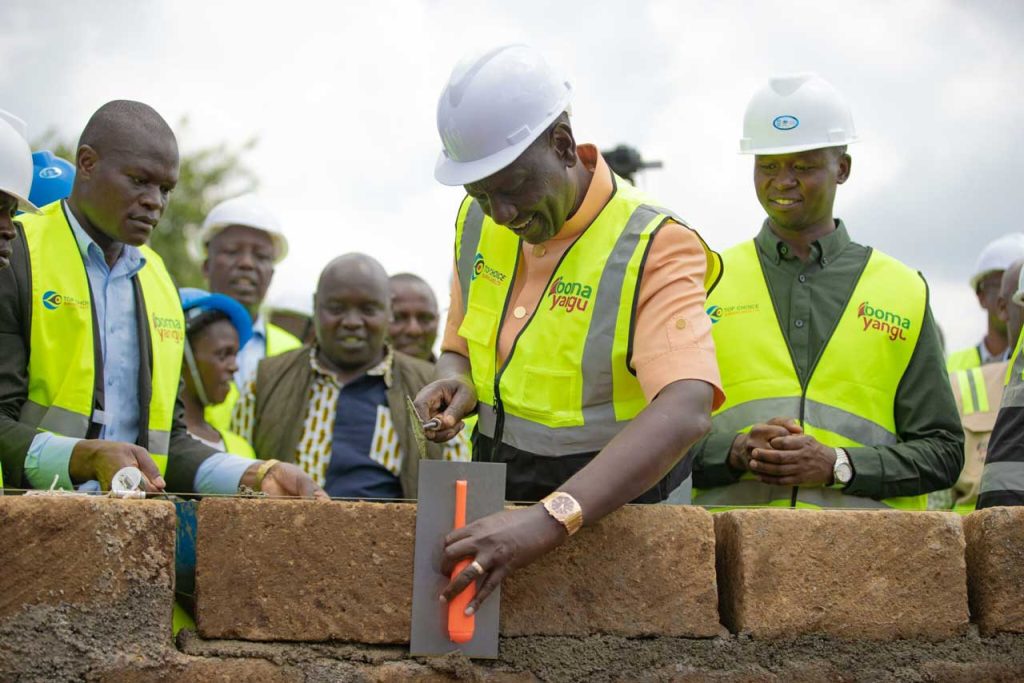
For instance, reports show Kenya’s urbanization rate has grown to 4.3% with an estimated 27% of the population living in urban areas. Projections indicate more than 50% of the total population will be living in urban areas by 2050.
Yusuf Chanzu, chairman of the Board of Directors at Kenya’s National Housing Corp., a state agency that implements government housing policies and programs, said:
“With a rapidly growing population and more so, an increasing middle class, the residential sector has recorded the highest demand with the nationwide housing deficit standing at 200,000 units annually and an accumulated deficit of over 2 million units. The largest demand has been for affordable housing to cater to the 61 % of urban dwellers who live in slums and a shortage in student accommodation accounting for 40% of the deficit.”
Among the urban dwellers the government is striving to provide housing for is the increasing number of senior citizens who will require easy access and mobility, hence the likelihood of a spike in demand for home lifts.
The United Nations Population Fund says Kenya’s population reached 53.7 million in 2020, of which approximately 2.2 million, equivalent of 4.2% are people aged 60 years and older.
“Like elsewhere in the region, the population is experiencing rapid demographic change and the proportion of older people in the population is expected to more than double to 10.3% by 2050,” the UN agency said in a previous report on Kenya.
Furthermore, with open spaces for house building shrinking in Kenya’s urban areas by the day, innovative ways have to be deployed to create additional space to meet the housing needs of the increasing urban population. This includes the installation and use of home lifts. These VT solutions would come in handy, not only in terms of saving space, but also in creating additional room in the form of multi-level living spaces hence accommodating more tenants.
Get more of Elevator World. Sign up for our free e-newsletter.


